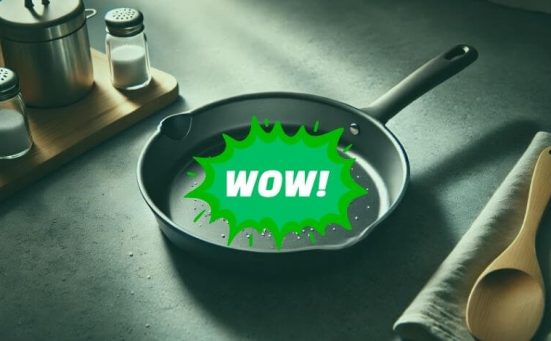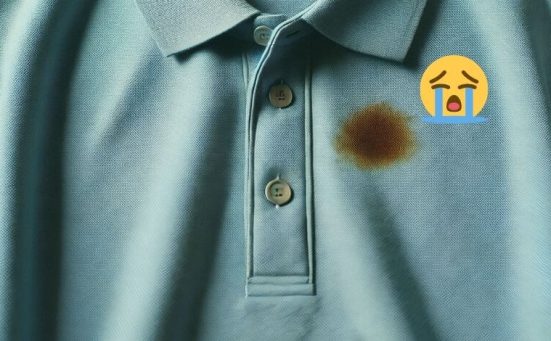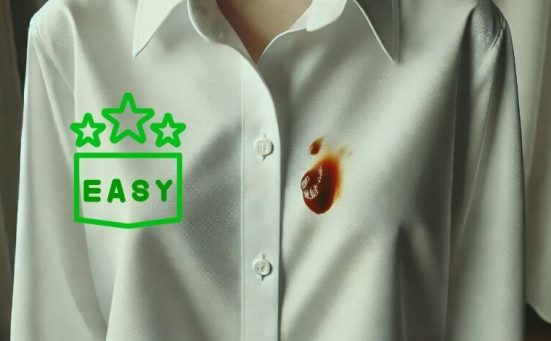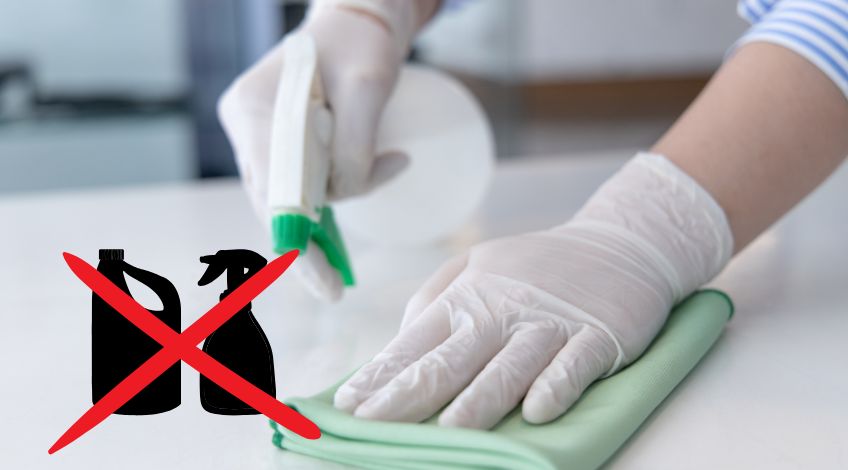
Warning: Experts reveal mixing these 2 common cleaners releases toxic gas
There are some things in life that just don’t mix, like oil and water for instance. If you were to try to mix oil and water you’d see that the oil would sit on top of the water because, well, they don’t mix.
But that’s the only reaction that would be caused by mixing oil and water, some other chemicals are not so harmless. In fact there are certain household chemical combinations that can be downright dangerous.
If you have concerns over what’s lurking in your cleaning cupboard, you need to read this short article. I mean it, this could be life or death, literally!
Dangerous Cleaning Combos
It can be tempting to add just one more cleaning product into the mix when stubborn stains won’t play ball. You think to yourself “I’ve tried that household cleaner and it’s done nothing, how about adding this one?”
But before you reach for that second product, just stop and consider the consequences of your actions. Because there are some chemical mixes that can cause toxic gases to be released.
Let’s start with a household staple that pretty much every home has a bottle of in their cleaning cupboard, and work from there. I’m talking about bleach or to give it its proper title, chlorine bleach.
Mixing Bleach With Other Chemicals
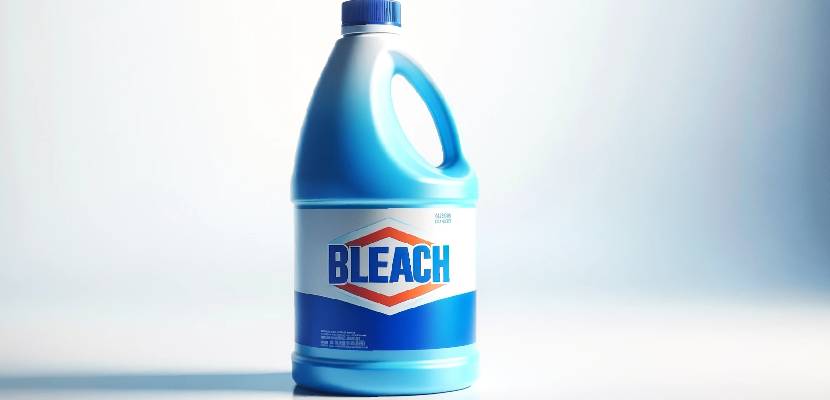
Bleach can be quite a powerful cleaner and disinfectant but it can be harmful and we all know to wear protective gloves when using it. But when mixed with other often quite innocuous products, bleach can be a killer.
Bleach & Vinegar
I often use white vinegar in my bathroom and kitchen. It’s a great degreaser and helps to remove water stains, mould, limescale and restores the shine to mirrors. I use bleach to disinfect my toilet and I’ve even used it to remove black mould from tiles, walls and bathroom grout.
So both bleach and white vinegar have their place in my cleaning arsenal. So it would be easy to think that together they’d make a powerful cleaner.
But the problem is, when mixed together vinegar and bleach produce chlorine gas. This harmful gas can cause a number of problems including;
- Irritation to the eyes, lungs, throat and skin
- Chemical burns to the eyes and skin
- Pulmonary edema and acute respiratory distress syndrome (ARDS)
- Chronic respiratory problems including reactive airway disease (RAD)
At the very least chlorine gas can cause coughing, breathing issues and burning. As you can see, you should never mix bleach with vinegar!
Bleach & Ammonia
Many window cleaning products contain ammonia so you might be using it without even realising. Now ammonia, like bleach, is fine to use on its own, but when the two are mixed, that’s a whole different story.
When bleach and ammonia are mixed together, they produce chloramine gas. Chloramine gas causes many of the same symptoms as chlorine gas added with shortness of breath and pains in the chest.
Not the result you were necessarily looking for! So always take care and keep these two chemicals apart.
Bleach & Rubbing Alcohol
If you’ve ever watched old films where the spy gets drugged with chloroform then you know just what a powerful sedative it is. Well, guess what, you can create chloroform in your own home.
Mixing bleach and rubbing alcohol together produces chloroform which can cause coughing, eye irritation and breathing difficulties. Additionally, it turns out those old films were right, chloroform can also knock you out if you inhale enough of it.
Now, we all look forward to relaxing once the cleaning is done, but collapsing while cleaning? Not part of the plan.
Bleach & Bathroom Cleaners
If you decide to use a bathroom cleaner to try and remove that black mould on your bathroom tiles, and it doesn’t clear it, don’t be tempted to then add bleach. Many proprietary bathroom and toilet cleaners use acids and other chemicals that when mixed with bleach produce chlorine gas.
The symptoms of chlorine gas are listed above but just to remind you; in their mildest form the symptoms include breathing problems and irritation to the eyes, nose and skin.
Bleach & Lemon Juice
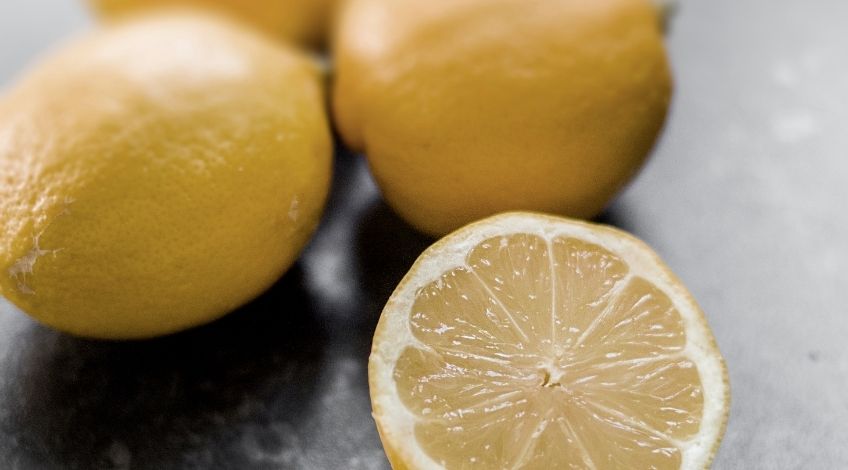
I often use lemon juice as a degreaser and cleaning agent in my kitchen and bathroom. It’s great for freshening the microwave as well as removing stains from my chopping board.
But it should never be mixed with bleach because the combination produces chlorine gas. If you decide to use lemon juice and for whatever reason it doesn’t work, rinse the area thoroughly with fresh water to remove the lemon before applying bleach.
Bleach & Oven Cleaner
If you use a proprietary oven cleaner, you know just how powerful it can be at removing stains and grease. But, if for any reason it has failed to get your oven clean, don’t reach for the bleach.
Mixing bleach and oven cleaner can produce that toxic chlorine gas that has featured so much in this article already. It’s really not worth the risk, keep bleach away from all other chemicals and keep yourself and your family safe.
Bleach & Hydrogen Peroxide
Hydrogen peroxide is a natural cleaner that removes stains and disinfects surfaces. It’s really effective against fungi, yeasts, viruses and bacteria.
Mixing bleach with hydrogen peroxide creates oxygen gas. This combination creates a gas that’s so violent that it could cause an explosion.
Definitely not what you had in mind when you started cleaning.
Bleach & Washing Up Liquid
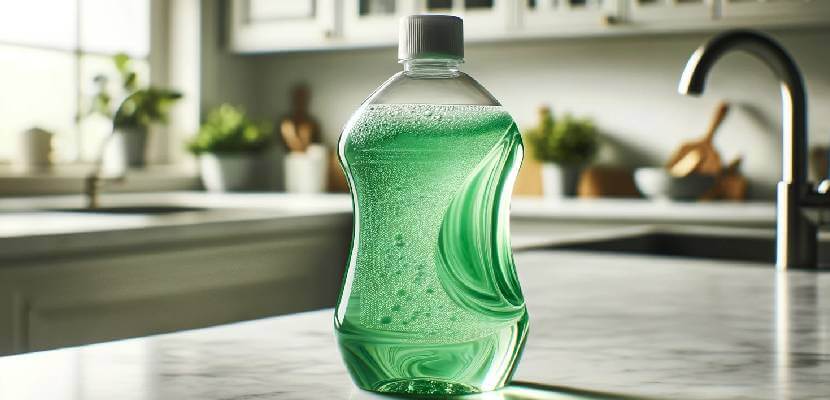
Many washing up liquids contain surfactants and some even contain ammonia. When mixed with bleach they can create toxic fumes like chloramine gas.
You should never combine bleach with any washing up liquid or detergent unless the label specifically states that it is safe.
Bleach & Rust Remover
Many rust removers contain acids like oxalic or phosphoric acid. If these acids get mixed with bleach, they can produce chlorine gas.
Always check container labels for a full list of ingredients and warnings before use.
Other Chemicals That Don’t Mix
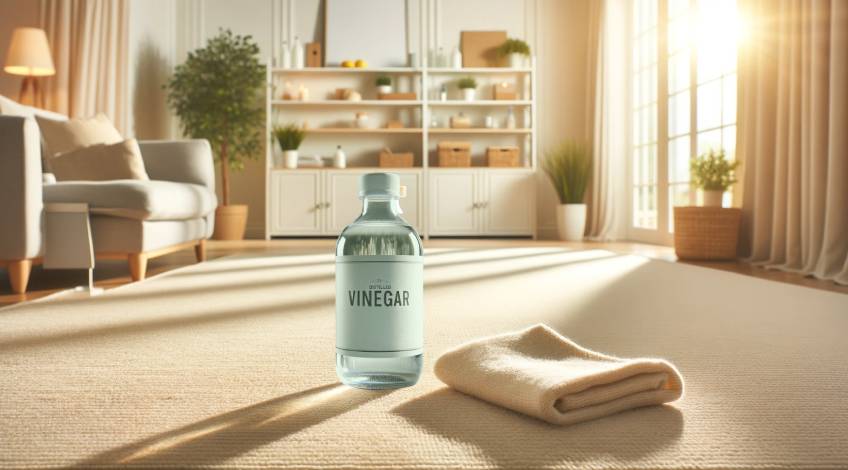
While bleach has featured pretty heavily so far in our list of chemical combos that cause toxic gases, it’s not the only player. Let’s look at other substances that should never be mixed for safety reasons.
Vinegar & Hydrogen Peroxide
You can use hydrogen peroxide and vinegar to form a powerful combo but they should be used one at a time. Like spraying vinegar onto a dirty worktop, wiping away, then rinsing thoroughly with water and then spraying with hydrogen peroxide.
This type of systematic cleaning works well as long as you remember to rinse in between every time. If these two chemical substances combine however, they produce a toxic substance called peracetic acid.
This highly corrosive and unstable liquid can cause severe irritation to eyes, skin and the respiratory system.
Ammonia & Hydrogen Peroxide
Used on their own, both of these products are great cleaners. But mixed together, they create a compound called peroxyamine.
Peroxyamine can cause explosions as well as highly irritating fumes. You definitely don’t want to risk mixing these two.
Acetone & Alcohol-Based Cleaners
Acetone and alcohol are both highly flammable products. When mixed together the fumes they produce can significantly increase the risk of a fire or explosion if they are exposed to a naked flame or spark.
Acidic Cleaners & Alkaline Cleaners
It’s never a good idea to mix any acidic cleaners (like vinegar or toilet cleaner) with alkaline cleaners (like ammonia or degreasers). This is because they can react violently which could cause burning or toxic fumes.
Drain Cleaner & Boiling Water
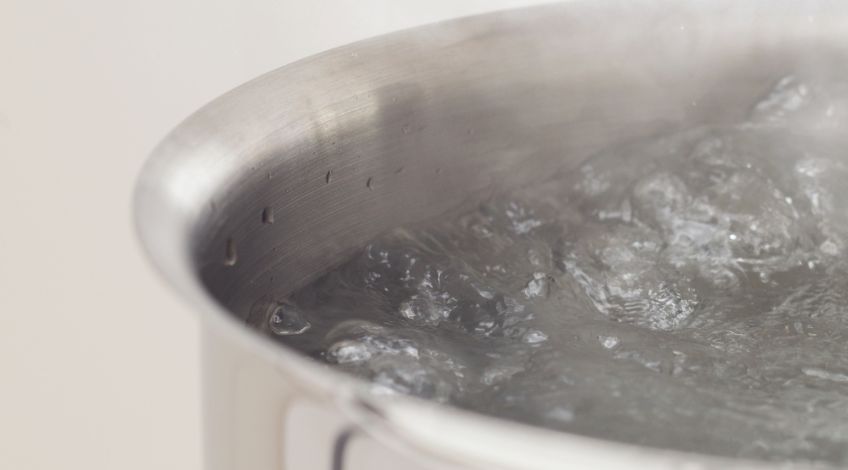
Drain cleaners fall into two categories; acid or alkaline. If you add boiling water into the mix you could cause a splash of that highly concentrated acid or alkaline substance which could cause injury.
Or the combination could cause dangerous fumes which could be irritants or otherwise harmful. You should always follow manufacturers instructions when handling or using drain cleaners.
The Perils Of Mixing Different Drain Cleaners Together
If you’re unfortunate enough to get a blocked drain, only use one drain cleaner. If that cleaner fails to clear the problem, call in a plumber. It might cost more but at least it’s safe!
The problem is you don’t know what chemicals are present in any given drain cleaner. If you were to use two different drain cleaners and throw them both down the same drain, it could cause an explosion.
I know you want to clear the blockage but blowing up the pipework is a bit extreme!
A fairly safe and often effective way to clear a blocked drain, or one that’s not running as fast as it should, is to pour one cup of bicarbonate of soda down followed by one cup of white vinegar.
Allow the mixture to foam up (which often is enough to clear the blockage) and then run a bucket of boiling water down to flush it through.
Whatever You Do, Don’t Mix Cleaning Chemicals
So there you have it 15 seriously dangerous cleaning combos that could cause illness and even death in some cases. While you could be forgiven for thinking that bleach is the main contender, it’s not the only chemical that can cause problems when mixed with others.
So be aware of what you’re using to stay safe and keep your home and family free from chemical poisoning.
Have you had any cleaning disasters? Mixed the wrong cleaners and had a reaction? Let us know in the comments. And share this with anyone you think would benefit from it.
SEE ALSO: This One Trick Will Keep Your White Clothes Bright Forever (It’s So Easy!)
Frequently Asked Questions
Bleach can release chlorine gas if it is mixed with other chemicals. Particularly vinegar, oven cleaner, lemon juice and other cleaning agents.
You should never mix bleach with ammonia, rubbing alcohol, lemon juice, vinegar or oven cleaners. As well as some window cleaners and household cleaning products. This is because the combined chemicals can create poisonous gases and other harmful chemicals.
Chlorine gas can stay in the air for anywhere between a few minutes to a couple of hours. It all depends on the size of the area and how well ventilated it is as well as how much gas is present.
Also, follow us on Pinterest ...

